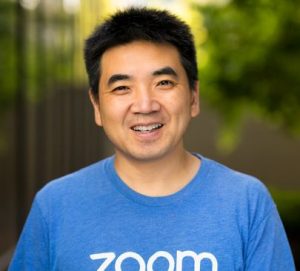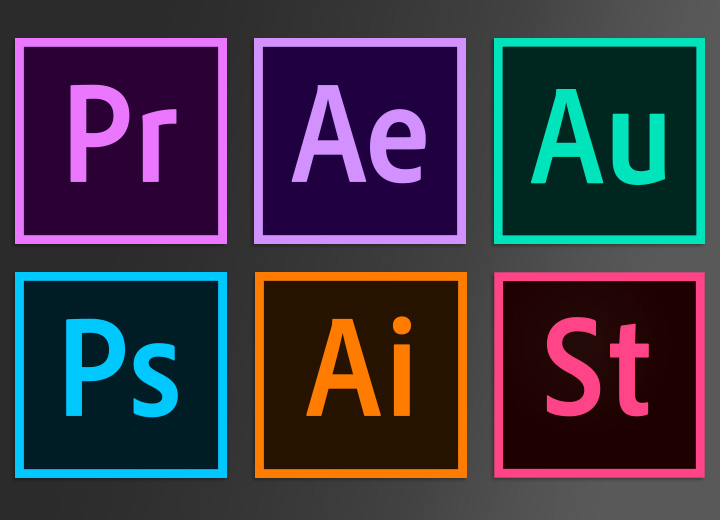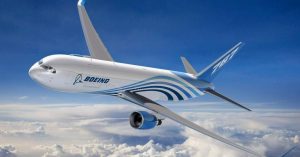Scott Heiferman : Founder of Meetup, A Platform Connecting People in the Real World
Losing your mother at a young age might be a difficult situation, but when you have five elder siblings to hold on to, you can stay strong when the phase passes. Scott Heiferman considers his five siblings as his five parents other than his father, who guided him well when it came to his life as well as career choices. Even when he decided to work at a McDonald’s restaurant, there was no pressure on him. But the wake of September 11, attracted his attention to a crucial topic, which made him found Meetup.com.
Early Life
Heiferman is the youngest of his four siblings, born in Homewood, Illinois, in 1972. He was still a child when he grew an interest in technology and business. He started his first business when he was just 9, the “Scott’s Slave Service”, which of course was for his family members only, in return he received food and shelter for him. He went to the Flossmoor High School in Homewood and started learning programming languages on his Apple II. He even created a Commodore VIC-20 graphics program. In his teens, he started another business and sold coupon books to earn extra money. The money he earned from his coupon books business, was sufficient to pay for the fees for the first year of his college.

He joined the University of Iowa, where he first took engineering as majors. But later, he changed his mind and took business studies. During college, he worked as the host of a weekly radio show named Advertorial Infotainment, at the college radio. The show became the first radio program on the internet. Being brought up among people from different fields helped him experimenting with his career choices.
Career
After graduating from college, Heiferman started working at Sony, as Interactive Marketing Frontiersman. After working for one year from 1994 to 1995, he flew to New York. In New York, he started an online ad-agency, named as i-traffic. Soon the company earned lots of profits and grew to 100 employees. The success of the company attracted the interest of Agency.com in it, that, in 1999, acquired i-traffic for $15 million. Heiferman continued working for Agency.com but left just in a year.
He was tired of meeting people from the corporate world, so to take a break from the same and to get in touch with the real world again, he started working at one of the McDonald’s restaurants.
Founding Meetup
At the time he worked in McDonald’s, Heiferman lived near the Twin Towers in New York. The attack of 9/11 made him connect with his neighbours for the very first time. A few days after the attacks, he started reading ‘Bowling Alone’, a book based on interacting with strangers and building trust.
At the same time, being a music lover, he used to go to different music concerts. He even attended the Luna concerts, 20 times, as it was his favourite band. In the beginning, his friends went with him, but later, he started going alone to the concerts. At the concerts, he started noticing people who were coming to the same concerts with him. The meetups with his neighbours and the meeting with the strangers at the concerts led him to think of creating a platform upon which people could meete other people who shared the same interest as them.
Soon in 2002, Heiferman founded Meetup along with five other co-founders. He started the company with a total of 10 employees. At the same time, he also founded another startup named Fotolog. Only in two years, Meetup reached one million users. In 2003, Barak Obama, who was a candidate for the U.S. Senate at that time, had promised to attend any meetup having a hundred supporters. For that Democrat, Howard Dean organised a campaign over Meetup.com and for his surprise more than hundred people had gathered through the website.
In 2005, Heiferman started imposing a fee for running Meetup groups. It was 2009, when the company made its first huge profit, having 32 million members in 182 countries. In 2017, Meetup was acquired by WeWork, Scott Heiferman remaining the CEO of the company, till in 2018, when he stepped down from the post to retain the office of Chairman of the company.
Personal Life
On 13 September 2008, Heiferman got married to Emily Krasnor an officer of the United Nations Development Fund for Women. The couple has two children together.
In 2013, Heiferman was named “Innovator of the Year Under 35” by MIT Technology Review. The book ‘Bowling Alone’ was the game changer for him, and still, the copy of the book is presented to every employee at their joining in the company.

Yashica is a Software Engineer turned Content Writer, who loves to write on social causes and expertise in writing technical stuff. She loves to watch movies and explore new places. She believes that you need to live once before you die. So experimenting with her life and career choices, she is trying to live her life to the fullest.





 and share them with their friends.
and share them with their friends.